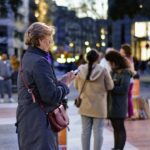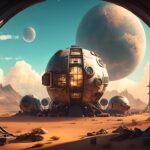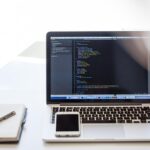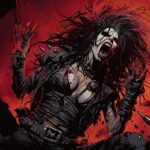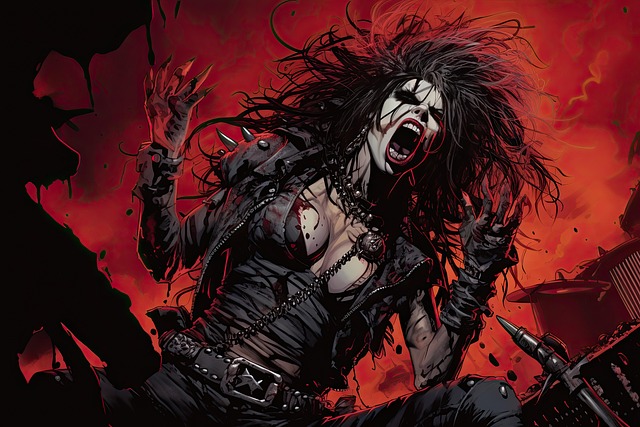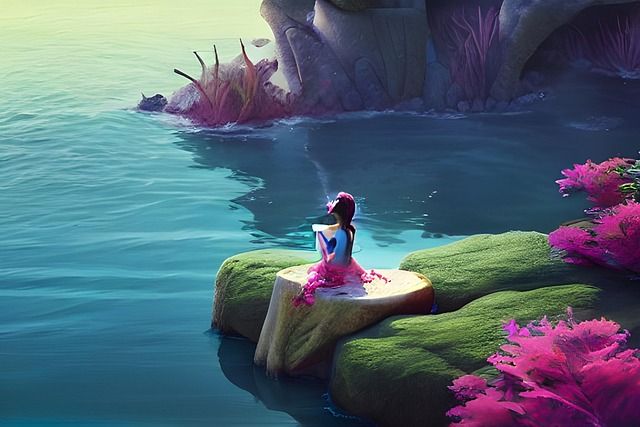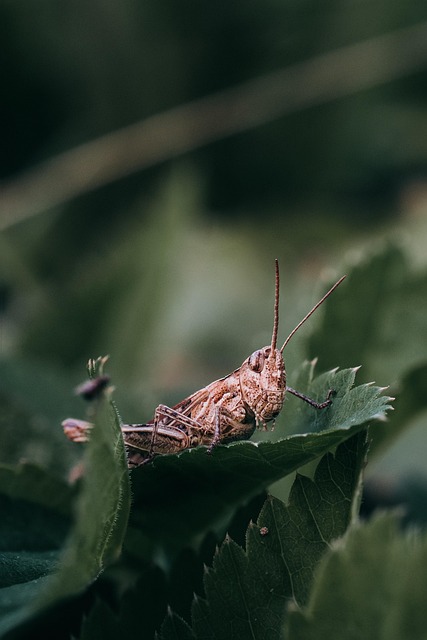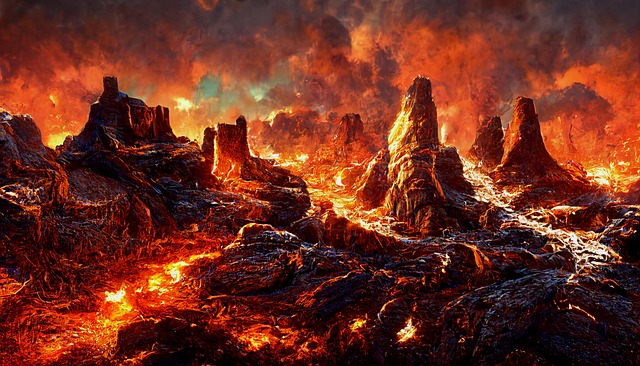# Uncover the Best AI Tools for Artists to Transform Their Work and Inspire New Directions
In recent years, artificial intelligence (AI) has made significant strides, particularly in the realm of visual and digital art. AI tools for artists are not just a passing trend; they are reshaping how creative professionals approach their craft. With platforms like DALL·E, Midjourney, Stable Diffusion, Runway ML, and Adobe Firefly, artists are discovering new ways to enhance their work, streamline their processes, and explore uncharted creative territories. This article delves into these innovative tools and how they assist in digital illustration, concept art, video generation, and design work.
## The Rise of AI in Art
AI digital art generators are transforming the landscape of creativity. They empower artists to push the boundaries of their imagination and explore new styles, techniques, and concepts. Here’s how some of the leading AI tools are making an impact:
### 1. DALL·E: From Text to Image
DALL·E, developed by OpenAI, is a groundbreaking AI model that generates images from textual descriptions. This tool is particularly useful for artists looking to visualize concepts that may be difficult to illustrate manually.
– **How it Works**: Users input a descriptive text prompt, and DALL·E creates an image that reflects that description. For example, an artist might type “a futuristic cityscape at sunset” and receive a unique image that captures that vision.
– **Real-World Example**: Illustrator and designer Anna K. used DALL·E to generate inspiration for a series of sci-fi illustrations. By inputting various prompts, she was able to create a diverse portfolio that sparked new ideas for her projects.
### 2. Midjourney: Collaborative Creativity
Midjourney is an AI tool that operates through Discord, allowing users to collaborate and share their creations in real-time. This platform is particularly popular among concept artists and designers.
– **Features**:
– **Community-Driven**: Artists can share prompts and images, fostering a collaborative environment.
– **Customization**: Users can tweak parameters to refine the generated images, enabling a more personalized approach.
– **Real-World Example**: Concept artist Alex T. utilized Midjourney to collaborate with fellow creatives on world-building for a video game project. By pooling their ideas and leveraging the AI’s capabilities, they developed a visually rich narrative that enhanced their game’s aesthetics.
### 3. Stable Diffusion: Open-Source Innovation
Stable Diffusion is an open-source AI tool that allows artists to generate images based on text prompts while offering more control over the output. This tool is gaining traction among digital artists seeking to customize their work further.
– **Benefits**:
– **Flexibility**: Artists can run the model on their own hardware, allowing for greater customization and privacy.
– **Community Support**: Being open-source means a vibrant community of developers and artists continuously improves the tool.
– **Real-World Example**: Graphic designer Maya L. used Stable Diffusion to create a series of illustrations for a book cover. By adjusting the model’s settings, she was able to achieve a unique art style that aligned perfectly with the book’s theme.
### 4. Runway ML: Video Generation and Beyond
Runway ML is an AI-powered creative suite that enables artists to generate and edit videos using machine learning. This tool is particularly valuable for filmmakers and digital artists looking to incorporate AI into their workflows.
– **Key Features**:
– **Real-Time Collaboration**: Artists can work together on video projects, allowing for dynamic creative processes.
– **Machine Learning Models**: Users can access various models for tasks such as object detection, style transfer, and more.
– **Real-World Example**: Filmmaker John D. used Runway ML to create a short film that combined live-action and AI-generated visuals. By leveraging the tool’s capabilities, he was able to experiment with new storytelling techniques that captivated his audience.
### 5. Adobe Firefly: Enhancing Design Work
Adobe Firefly is an AI tool integrated into Adobe Creative Cloud that assists artists and designers in generating images, graphics, and effects. This tool is designed to enhance the creative process, making it easier to produce high-quality work.
– **Features**:
– **Image Generation**: Artists can generate unique images based on their input, streamlining the design process.
– **Integration**: Seamlessly integrates with other Adobe applications, providing a cohesive workflow for creatives.
– **Real-World Example**: Graphic designer Sarah J. utilized Adobe Firefly to create promotional materials for a product launch. By generating unique graphics and effects, she was able to produce eye-catching visuals that stood out in a crowded market.
## The Impact on Creative Professionals
The introduction of generative art tools has transformed the way artists approach their work. Here are some key benefits:
– **Inspiration**: AI tools provide a wellspring of inspiration, enabling artists to explore styles and concepts they may not have considered.
– **Efficiency**: By automating certain aspects of the creative process, artists can focus more on ideation and less on execution.
– **Collaboration**: Many AI tools foster a sense of community, allowing artists to collaborate and share ideas, ultimately enriching their creative output.
## Conclusion: The Future of AI in Creative Fields
As AI continues to evolve, its role in the creative industry will undoubtedly expand. The tools discussed—DALL·E, Midjourney, Stable Diffusion, Runway ML, and Adobe Firefly—are just the beginning of a new era for artists. Embracing these AI tools for artists not only enhances creativity but also opens up new avenues for innovation.
The future of AI in creative fields promises exciting possibilities, allowing artists to transcend traditional boundaries and explore new dimensions of their craft. As technology continues to advance, the collaboration between human creativity and artificial intelligence will redefine what is possible in the world of art.
By leveraging AI for creatives, artists can transform their work and inspire new directions, ensuring that the creative landscape remains vibrant and ever-evolving.

